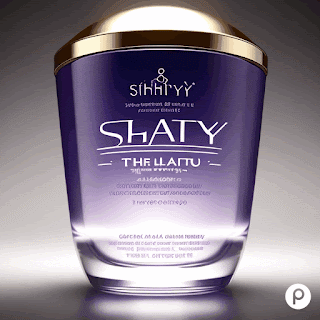How to Properly Dispose of Skincare Products
Proper skincare product disposal is important to protect the environment and human health. Skincare products contain different chemicals that can be dangerous if not disposed of properly. Improper disposal of these products can lead to pollution, environmental damage, and health risks.
1. Check the Packaging
Checking the packaging of skincare products is an important step in proper disposal. Some manufacturers provide specific instructions for the disposal of their products. These instructions may be published on the packaging, included in the product pamphlet, or available on the manufacturer's website. If no specific instructions are provided, it's important to research the applicable disposal method based on the product's classification.
2. Determine the Product's Classification
The classification of a skincare product as hazardous or non-hazardous depends on the chemicals and ingredients used in the product.
Hazardous products contain chemicals that are dangerous to human health and the environment. They require special handling and disposal procedures to prevent contamination and reduce the risk of harm. Hazardous products may include items like nail polish, aerosols, and products containing mercury.
Non-hazardous products don't contain dangerous chemicals and can be disposed of in regular waste or recycling streams. These products may include items like face wash, moisturizers, and lotions.
Conclusion
Proper skincare product disposal is vital for protecting the environment and public health. It's important to check the packaging for specific instructions and determine the product's classification to ensure the appropriate disposal method is used. We encourage readers to research and follow their local waste management guidelines for proper disposal of all products.
By doing so, we can all play a part in promoting a safe and healthy environment for ourselves and future generations. Remember, every small effort towards proper disposal counts towards the greater goal of sustainability.





